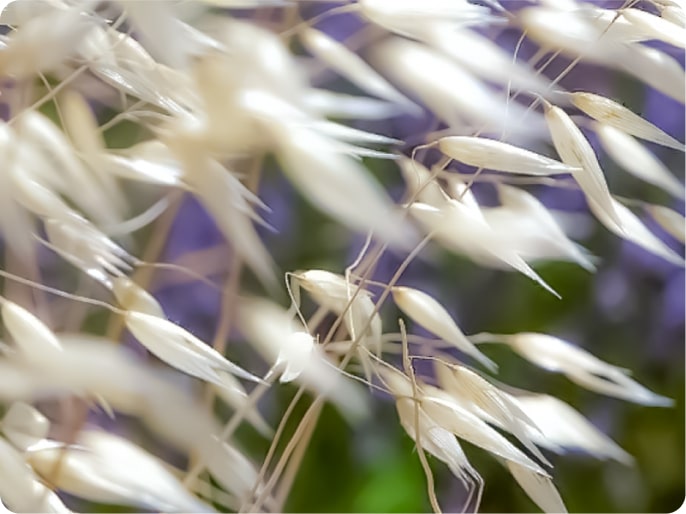
Meadow fescue
Meadow fescue (Festuca pratensis) is a perennial plant with a powerfully developed fibrous root system. The roots penetrate the soil to a depth of 80 cm. The stems are erect, well leafy. Plants reach a height of 10 cm. The inflorescence is a panicle, one-sided before flowering and spreading during flowering. The fruits are membranous, light gray. The weight of 1000 seeds is about 2 g. Plants have a fairly high winter hardiness.
Meadow fescue is indispensable as a fodder plant. It is one of the most valuable crops that make up hay and pasture grass mixtures, and is also indispensable for feeding livestock. It is well eaten by livestock and grows well after grazing. Hay, in which a large proportion falls on fescue, is of very high quality. It contains up to 10% protein, 30% fiber and substances without a nitrogenous structure up to 44%.
Used for decorative landscaping. As a lawn grass, this is not the best option. Since the shoots grow at some distance from each other, which makes it difficult to create a continuous cover. In landscape design, this plant is successfully used in herbal mixtures.
